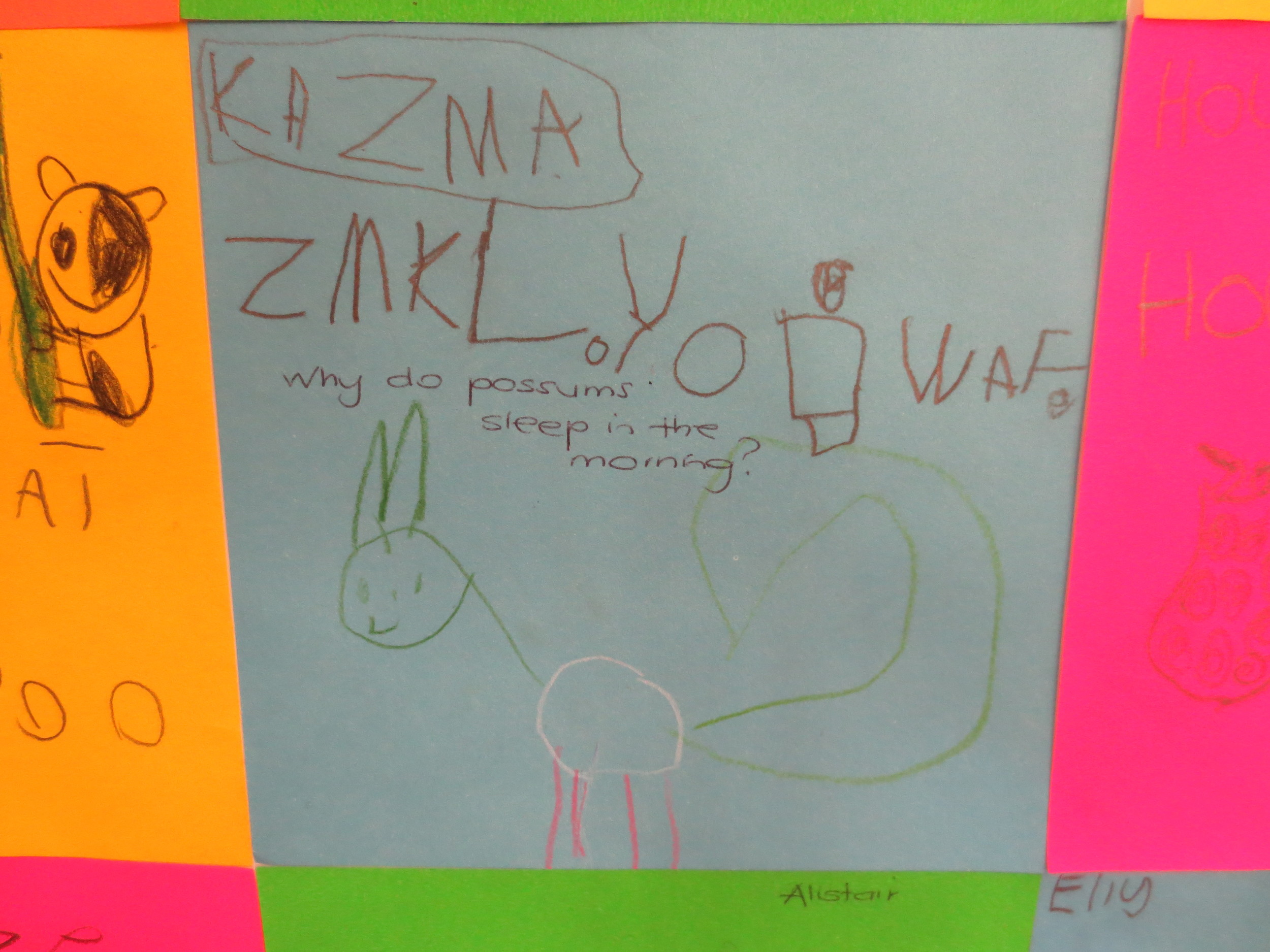My work takes me into all kinds of schools with all kinds of curriculum frameworks designed to support inquiry learning. Some frameworks allow teachers a great deal of latitude when it comes to selecting and planning contexts for inquiry and others provide pre-determined contexts for inquiry that may be repeated from year to year as part of a broad, more structured curriculum map. Some schools expect a high degree of accountability to system curriculum standards while others approach the links to curriculum more loosely. Whether a context for inquiry is fully emergent, negotiated or more tightly predetermined does not, in itself, make it more or less worthy. It is, of course, what teachers and students do with these context that counts. And what teachers and students do is, in turn, connected to the quality of the conversations had around the planning table.
For me, the most potent element of the planning process for inquiry is the conversation about conceptual understanding. Regardless of whether a school's framework already identifies a ‘central idea’ , an ‘enduring understanding’, ‘lines of inquiry’ or ‘essential questions’ …we are never ‘off the hook’ about the bigger picture. Every journey of inquiry is a new one. The simple question, “what is it that we hope students will come to understand more deeply?” has to be asked EACH TIME an inquiry is developed….even if this context for inquiry has been explored before. Similarly, the questions “How is this inquiry relevant/important to this group of students, this year?” and “Why does this matter?” helps us keep the teaching and learning fresh, authentic and purposeful. Of course, the conversation at the planning table will always be fresh and relevant to students’ interests and needs if we are careful to invite their voices in.
When we take time to discuss the ‘understanding goals’ of any inquiry, we clarify our own thinking. When we have clarity – we ask better questions of our students and are better able to see opportunities to take their thinking further and deeper. Establishing conceptual (rather than knowledge-level) goals further enriches the quality of this professional conversation. As soon as the inquiry is more concept-driven, the conversation is energized - and the possibilities for transfer and connection present themselves more clearly. As well as giving the team greater clarity and intention, this conversation nurtures ownership. Nothing kills collaborative planning (and indeed inquiry itself) more quickly than the feeling that the plan is a ‘done deal’. For teachers new to the team, in particular, participation in developing the plan from ‘bottom up’ - with each other and with students - is critical.
How do you ensure your inquiry journeys remain fresh and relevant to the current group of students?
Just wondering...


